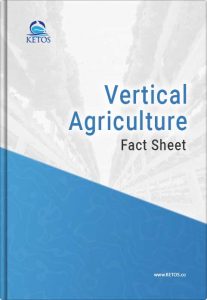Download This Industry Fact Sheet
Have A Question? Request Your Demo >
"*" indicates required fields
Vertical Farming With a Real-time Water Quality Monitoring System
 KETOS SHIELD provides accurate, real-time monitoring for environmental factors, nutrients, and other water-related parameters using a multi parameter water quality sensor. Monitoring your water is straightforward via an interoperable system that uploads data to the cloud for 24/7 access. Companies using KETOS can easily plug it into existing systems and centralize water data. They can also sample water strategically across infrastructure to simultaneously test for 30+ water parameters.
KETOS SHIELD provides accurate, real-time monitoring for environmental factors, nutrients, and other water-related parameters using a multi parameter water quality sensor. Monitoring your water is straightforward via an interoperable system that uploads data to the cloud for 24/7 access. Companies using KETOS can easily plug it into existing systems and centralize water data. They can also sample water strategically across infrastructure to simultaneously test for 30+ water parameters.
With a digital water solution like KETOS, facilities that need to monitor their water carefully can finally achieve water intelligence based on real-time data. Visualization of data helps water operators understand water in one glance and act on the fly based on automated reporting, threshold-based alerting, and predictive analysis.
Download the Vertical Farming Fact Sheet
Want more insights into soilless and indoor agriculture operations and how water monitoring plays a pivotal role? Download our Vertical Farming Water Fact Sheet to gain insights on:
- indoor agriculture and vertical farming operations and their reliance on water testing
- balancing nutrients for more robust, predictable harvests
- how KETOS solves water dilemmas around water monitoring and water quality
- how digital water approaches can transform vertical farming water quality
How is Water Used in Vertical Farming?
In soilless conditions, such as vertical farming and indoor agriculture scenarios, crops rely on water to receive the vital nutrients they need to grow and bear fruit. That doesn’t mean they use a lot of water. In fact, vertical farming utilizes up to 95% less water than traditional open-field farming methods due to recycling methods and highly efficient systems.
Water Quality Matters to Vertical Farmers
Plants rely on the right mix of water and nutrients to thrive, and soilless conditions allow for optimal nutrient uptake. Water can be easily cycled and recycled through the system, making it an effective low-water alternative to other farming methods.
However, unreliable water composition can lead to slower growth, smaller harvests, and plants that are not aesthetically pleasing or lack taste. A lack of attention to water composition in vertical farming can cost an organization dearly. Therefore, indoor farmers must carefully balance quality and composition; to do that, they must test water at regular intervals.
Monitoring That’s Affordable and Automated
Today’s vertical farmers no longer have to rely on expensive approaches beyond their budget. Instead, through digital water transformation, monitoring water takes less time, involves less manual labor, and lowers costs.
When quality of water is automated, solutions like KETOS (an automatic water quality monitoring system) can integrate with existing infrastructure. With everything managed on-site via a water quality monitoring device, facilities can remove expensive third-party testing and hours of manual labor from their list of ongoing expenses. Extensive, transparent reporting also helps manage quality control requirements and helps water operators to balance water composition for optimal results.
Learn How Automated Water Sampling Saves Cities & Businesses Hundreds of Hours Each Year…
KETOS Awards
















